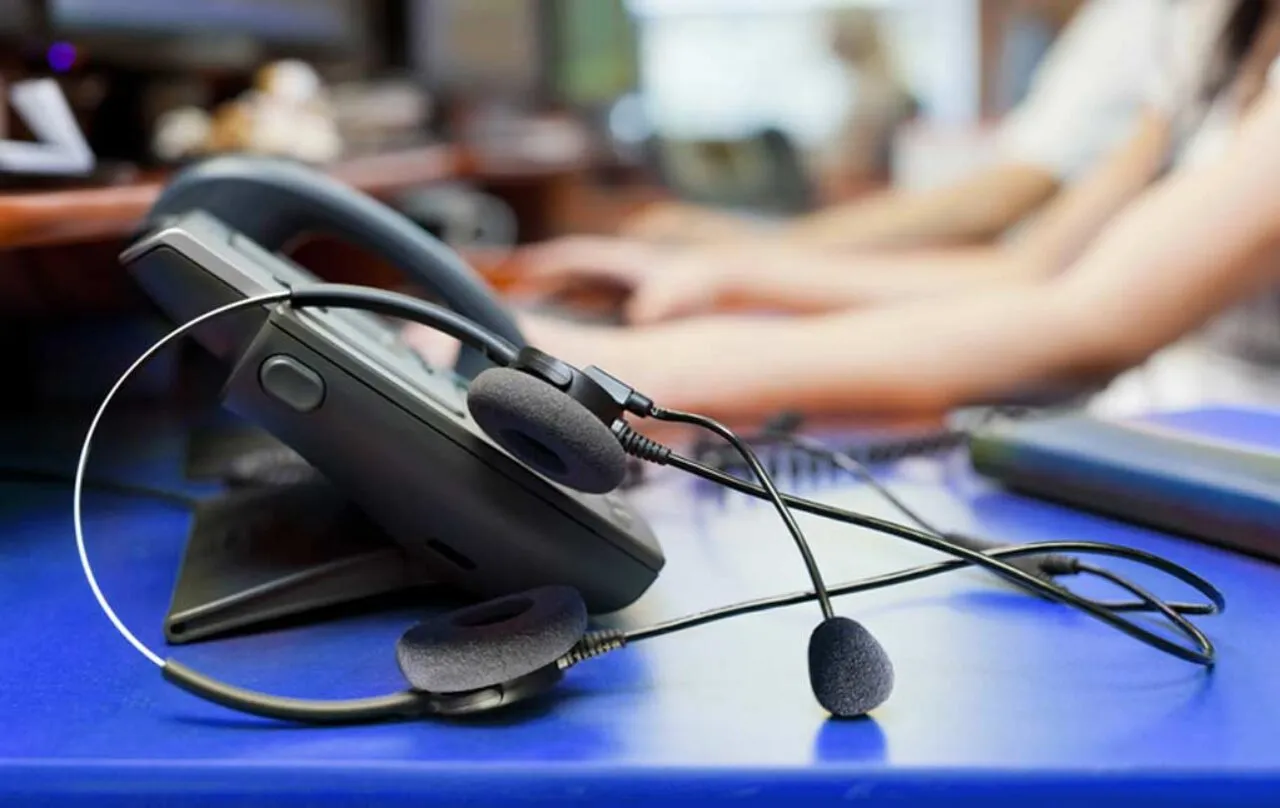
When should a CATI survey specialist intervene on the questionnaire
Have you ever wondered what happens when we receive a questionnaire?
Oh wait, maybe I just started with the wrong question.
Let’s get back and rewind.
Premise: what is a survey? If you’re visiting this blog you certainly know what it is, but I’ll just repeat it because repetita iuvant. A survey is a study that is aiming to gather information on a sample of people that is representing a specific group, such as inhabitants of a country or even worldwide, or just independent workshops. The study is based on a questionnaire, also called interview, that we receive already completed and ready to be subjected to the interviewees through the CATI method, acronym for Computer Assisted Telephone Interview. This method calls for the use of a software to support the interviewers when conducting the interview, allowing them to correctly register the amount of data gathered and also allowing us to monitor the quality of it.
IFF is not specialized in the actual process of writing and composing the questionnaire, but our long-time work and experience are allowing us to be accurate enough to find those small but huge mistakes that could threaten the achievement of our purpose. Who would subject a 40 minutes-long questionnaire when you could achieve the same results halving the time? Who would subject a study on gearwheels to a sample of 18 to 25-year-old women? When we notice these kind of mistakes in a questionnaire, we feel the need to intervene.
Why? Let me explain it.
When should we intervene on a questionnaire?
In a very synthetic and intuitive way, I would suggest the following method to find the mistakes that could invalidate the questionnaire:
- the interview wasn’t developed following a meticulous logic. Could it actually be useful subjecting a research that already seems confusing? How could we successfully subject a questionnaire that has routing problems?
- the interview doesn’t seem useful. Let’s put ourselves in their shoes and think about the questions our sample should answer to. Are they appropriate? Are they actually socially useful? Are they functional to our actual purpose? Let’s always focus on the fact that we will only get useful answers if the questions are correctly phrased. And I think that this concept is applicable not just to the market research industry but also in general;
- the interview is not easily understandable for the target group. We can’t ask Samantha from Sex and the City to talk about diapers [or Don Matteo to talk about a vodka tonic];
- the interview is too long. Time is money and nobody is ever going to be willing to spend an hour of their time answering to a certain amount of basically useless questions;
- there aren’t all the different choices and possible answers, for instance the “I don’t know” option must be considered.
Therefore, when must, or should, a CATI survey specialist intervene on a questionnaire? I think the answer is quite simple and immediate.
When the inconsistency between the questionnaire and the purpose of the study is unbridgeable enough to make the questions completely useless.
If you need help, write me e.armato@iff-international.com
Ennio Armato (Branch Manager, Italy)
Other Articles
-
CATI14 November 2025
What makes Sample Quality actually reliable
Why “hitting quotas” doesn’t mean you reached the right people—and how to ensure your sample delivers credible insights. You’ve commissioned a study targeti... -
CATI29 October 2025
Reliable Data Collection starts with proactive management
Reliable data starts long before fieldwork begins. Picture this: your multi-country B2B study launches next week. The client presentation is set, stakeholders are aligned. Soft la... -
CATI17 March 2025
Why human connection still matters in a digital market research world
In a world increasingly focused on going digital, it’s easy to assume that everything from shopping to socializing should happen online. Market research is no different. Today, onl...


